Putting The Spotlight On Failure
Design is seen as a practice that strives for perfection. What most people don’t know is that failure plays a huge role in design. When designers go through multiple iterations for a project, they are adapting from their mistakes. Some of the greatest inventions of all time would not be around if it wasn’t for the unsuccessful attempts that came before.
Our design thinking team had the opportunity to visit the Museum of Failure. The Museum of Failure is a collection of failed products and services from around the world. According to the curators, most of all innovation projects fail and the museum is intended to showcase these failures. Every item provides unique insight into the risky business of innovation. The museum is curated by Dr. Samuel West, licensed psychologist, PhD in Organizational Psychology.
According to Dr West, “Innovation and progress require an acceptance of failure. The museum aims to stimulate productive discussion about failure and inspire us to take meaningful risks”
Exhibit Highlights:
The museum was full of engaging exhibits, but here are a few that caught our eye:
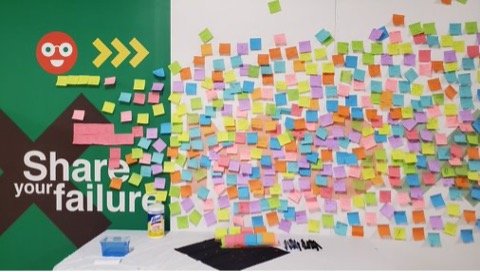
An interactive exhibit at the Museum of Failure featuring a wall of post-it notes with the caption ‘Share your Failure’. Post-it notes were provided for individuals to write and share their greatest failures on.
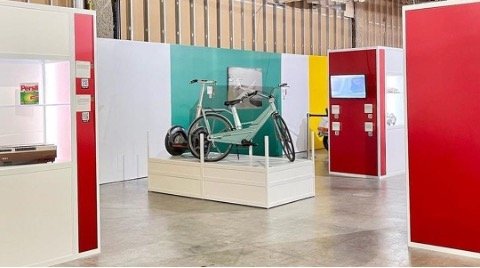
An exhibit at the Museum of Failure featuring a poorly designed bicycle. Source: https://curiocity.com/museum-of-failure-calgary-tickets/
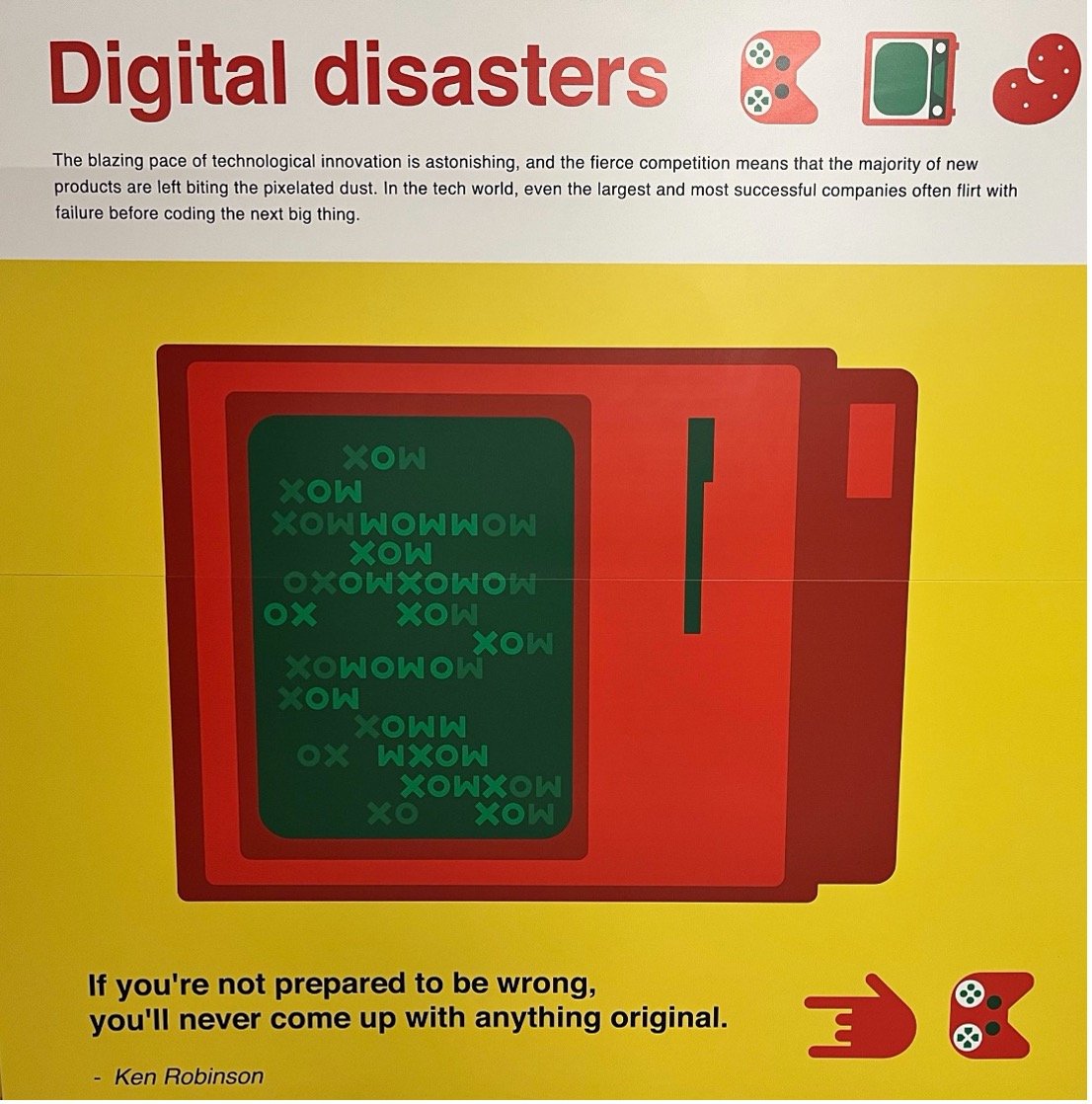
Digital disaster had a lot of interesting failures and were a key feature in the museum.

A sign from the Museum of Failure featuring a Henry Ford quote regarding failure and a related visual.
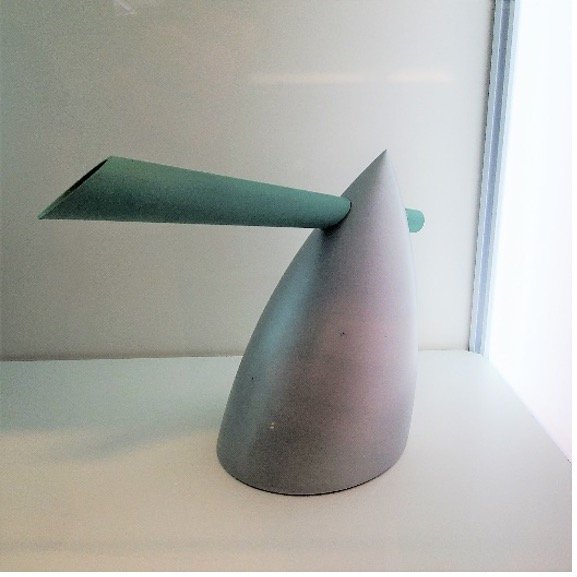
Can you imagine using this kettle? How do you get the water in and where’s the handle!?
Design Failures
A design failure is exactly what it sounds like: a design that has completely failed. Failure can occur anywhere in the process of design and its delivery. History proves that products have been created that not only avoid solving their original problem entirely but also occasionally have resulting negative consequences.
It is essential to design for failure. Devoting all attention towards designing for a successful scenario leads to a half-done job. To design for failure, the designer must figure out as many reasons as possible as to how the design could go wrong. A system designed for failure is more capable of self-healing when the worst happens.
Reasons for Failure
We noticed there are some common themes behind why products fail.
-
Faulty market research – consumers just aren’t interested in the product when it goes to market.
-
Lack of real-world testing – consumers find the product confusing, invasive, offensive, or downright dangerous.
-
Too expensive - the company can’t keep the business model afloat long-term based on the price point the consumers are willing to pay for the product.
-
Right product, wrong time – the technology isn’t mature enough yet or there isn’t an ecosystem to support it.
The Three Lenses of Innovation
In the end, all the products in the museum failed to account for at least one of the three keys to innovation: feasibility, desirability, and viability.
-
The Desirability stage consists of talking directly with and observing customers to get a sense of which market is best. In this stage it is important to understand the customer’s hopes, fears and needs in order to discover what’s desirable among them.
-
The Feasibility stage consists of researching to understand what technology could be used, developed or acquired. This is done to understand the technological capabilities and applicability to the design problem.
-
The Viability stage consists of narrowing in on how customers solve challenges in order to understand their strengths and weaknesses. Understanding existing models can be essential as a foundation to create new models.
The key to successful innovation is viewing the challenge through all three lenses. Innovation happens at the intersection of these three lenses. This is known as the sweet spot.
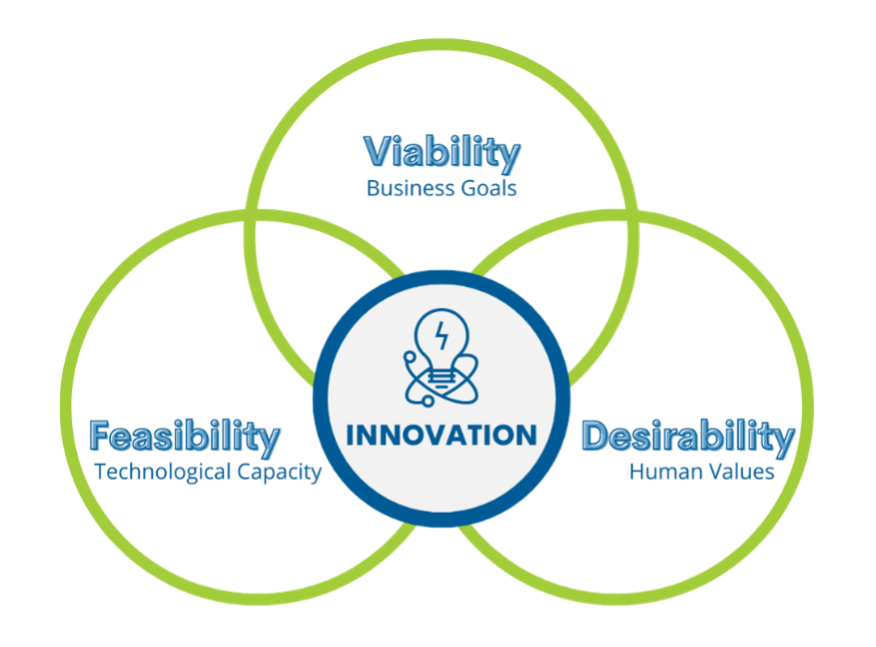
Accepting Failure to Move Forward
Failure is inevitable. Nothing can be done perfectly from the first try, not even design. Even designers with years of experience are bound to make mistakes along the way. Accepting this can lead to a more positive outlook during the design process. By not being afraid to fail, designers can put forth their most outlandish ideas. The fear of failure is what often holds creatives back when it comes to executing their ideas.
Simply accepting failure is not enough. Embracing failure as a designer is the key to success. Each failure is a learning experience with new insights. Asking yourself why something has failed can lead to reflection on mistakes made. The next time something goes wrong, there is insight from previous learning experiences that can contribute to navigation
This does not mean failure is always a great thing. Failure in certain environments has the potential to waste time and money. But failure is inevitable in uncertain environments, and the field of design is often an uncertain terrain to navigate. If failure is inevitable, it should be embraced.
Fail Fast With Design Thinking
How design thinking is uniquely suited to ensuring your innovations meet the three innovation criteria
-
Focuses on user research at the beginning – their needs, wants, habits (desirability, viability)
-
Testing cheap and fast prototypes with real end users in realistic scenarios lets you “see into the future” as if you’d already released the product. Exposes your product to real end users before you sink money into production – low risk (feasibility, desirability, viability).
-
Iterations at every stage of the design thinking process – are we solving the right problem, what is the best way to solve the best problem, what is the best solution (desirability, viability)
-
Generate lots of ideas and weed the bad ones out early instead of investing heavily in just one unproven idea.
-
Failure only leads to success when we learn from it by changing our behaviour in response to it.
We can’t promise you that adopting a design thinking approach for your innovation projects will eliminate failure (although the extensive end user research and testing does give you a better chance of success). We can say that it will help you fail faster – when the stakes aren’t as high!
So, what did we learn? Don’t hide – embrace and learn from your failures! It’s all part of the design thinking process. Innovation and progress require an acceptance of failure.
"Failure is only the opportunity to begin again more intelligently."
-- Henry Ford
Learn more about our design thinking workshop formats >

